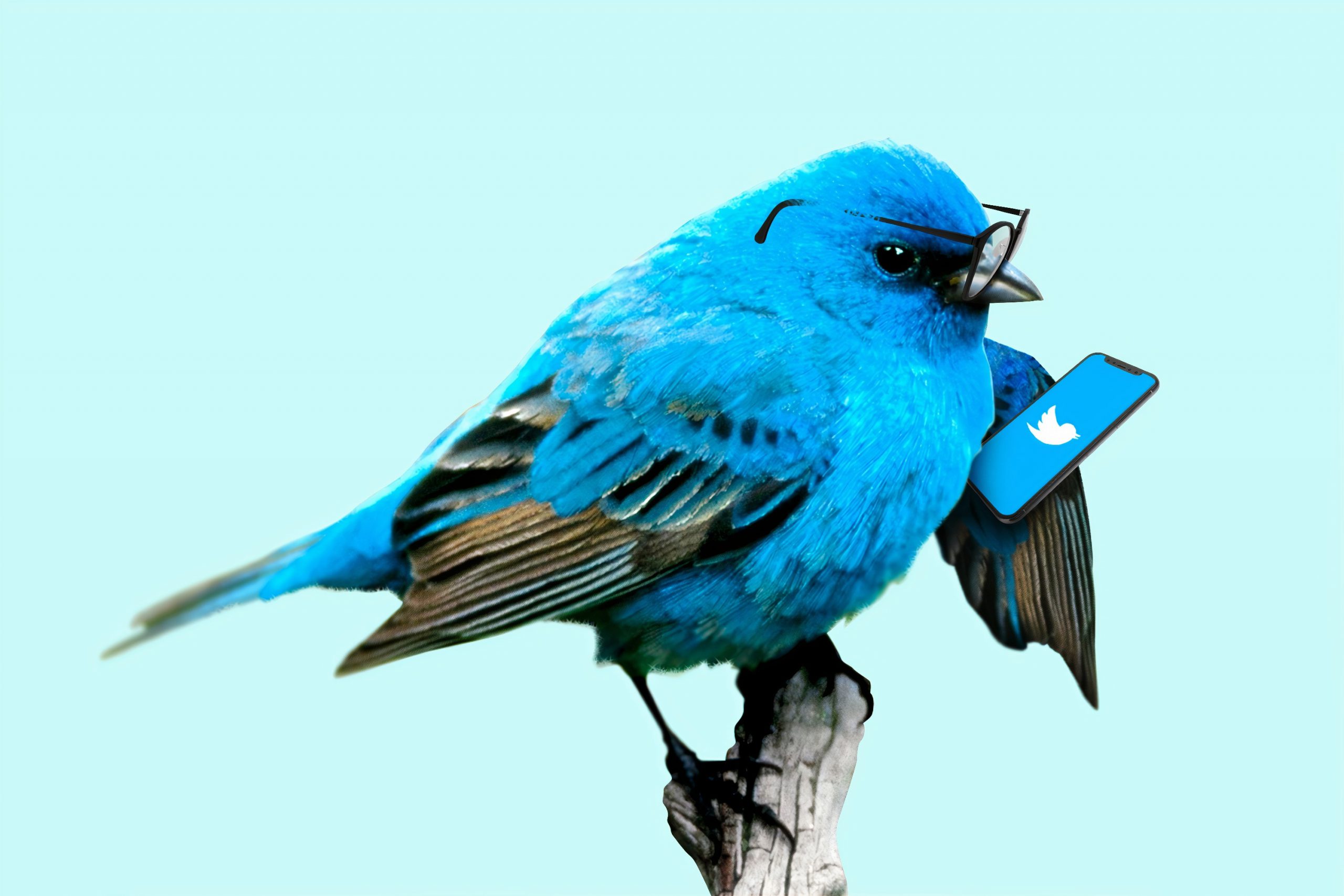Twitter has come a long way since its micro-blogging inception in 2006.
But is it the right social media platform for your brand and/or business?
Twitter has 145 million monetizable daily active users, according to Hootsuite, and about 92 percent of Americans are familiar with it (even if they don’t use it).
Below are the challenges and opportunities of Twitter for small businesses.
Twitter Opportunity #1: Engage with customers (and potential customers)
Maybe you’re looking at this social platform as an opportunity to offer better customer service or as a place to entertain your audience or simply where you can broadcast your latest updates, offers and product announcements.
No matter what the purpose of your brand’s Twitter account, it’s a place to interact with your customers and followers in real-time.
By doing so, you’re taking the first step to helping create potential new customers, brand loyalists, business partners, employees, vendors and so on.
Twitter Challenge #1: The platform is noisy and distracting
As of 2020, about 500 million tweets are sent each day, which equates to 6,000 tweets every second.
That’s obviously a lot.
With so much micro-content being shared, it can be difficult to cut through the noise to reach your target audience, especially at first.
Remember to explore the use of hashtags, visuals (particularly GIFs and videos) and tapping into your brand’s specific voice on social media.
Check out these eight tips for determining your brand’s voice on social media.
On the flipside, Twitter can become addicting once you do break through the noise. As users interact with you more and more, it can become difficult to resist the urge to stay online checking your mentions and retweets.
Set your strategy to engage an audience, but also have a plan for profile maintenance.
Opportunity #2: Keep an eye on the competition and trends
Twitter Search is a powerful tool to see what people are talking about, whether it’s a topic, trend or a competitor.
Twitter also can act as an additional sounding board for customer sentiment.
Understanding what’s being said (as well as what your competitors are doing) can help inform your Twitter strategy and even your overall marketing approach, depending.
Challenge #2: Difficult to grow your following organically
Starting out on any social media platform and growing an engaged following without spending a ton of money can be a challenge.
Twitter is no different.
In fact, the average number of followers on Twitter is 707, while about 391 million accounts have no followers at all.
So, the upside is that you’re not alone in the struggle.
Again, the importance of a posting strategy is critical to gaining traction on the micro-blogging site and should account for:
- Goals
- Target audiences
- Brand voice
- Content ideas
- Posting times
Opportunity #3: Enhanced customer service
Customer service interactions on Twitter have increased by more than 250 percent between 2015 and 2017.
Now more than ever, customer service is a huge use of the platform because of its immediacy. It’s simply quick, easy and happening where consumers already are spending their time.
The average overall customer response time is 12 hours and 10 minutes.
However, on Twitter, about 60 percent of consumers expect brands to respond to their customer service requests within an hour.
It’s that real-time access between businesses and consumers that can make Twitter all the more enticing.
In fact, several brands will have a separate customer service-based account to specifically serve customers, including (for example):
- Adobe (@adobecare versus @adobe)
- Hootsuite (@hootsuite_help versus @hootsuite)
- FedEx (@FedExHelp versus @FedEx)
And of course, the power of your customer service can make or break a brand.
About 71 percent of consumers who have had a good social media service experience with a brand are likely to recommend it to others.
Challenge #3: Not a popular platform everywhere
While Twitter is a global social media platform, only about 49 million Americans make up 15 percent of monthly users worldwide, according to Statista.
That does make Americans the largest percentage of Twitter’s user base. (Japan and the U.K. are second- and third-most.)
But it also means that a majority of Twitter users are not in the U.S. Beyond that, the app is largely used in cities or urban areas.
If you’re a local that is not targeting cities and urban areas, Twitter might not be the right fit for you.
Twitter can feel intimidating for any individuals or businesses who are either not on it or don’t use it frequently. However, if the micro-blogging platform is the right place for your brand, just remember that there is a key to success on any social media platform. Have a thoughtful strategy (with a bit of measured experimentation thrown in).

